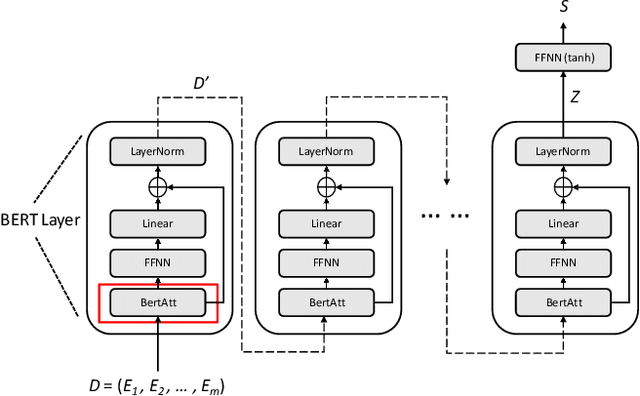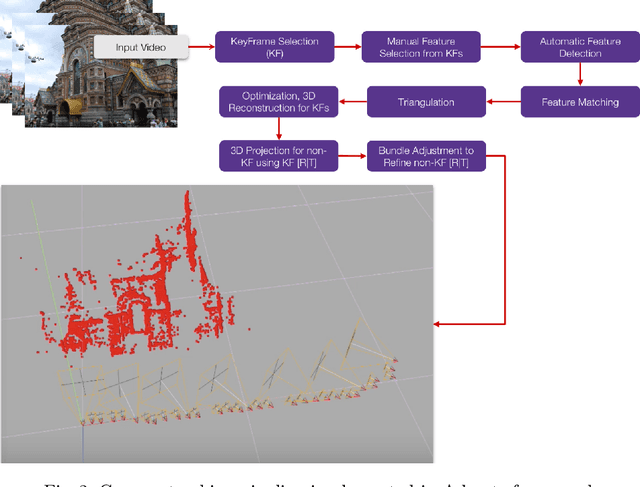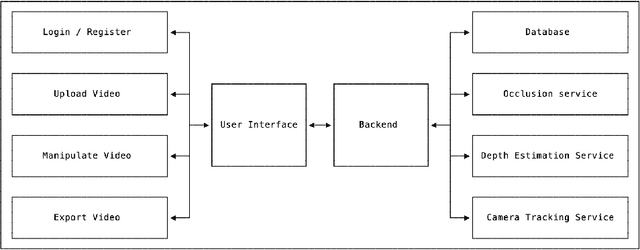Ivan Bacher
A Sentence-level Hierarchical BERT Model for Document Classification with Limited Labelled Data
Jun 12, 2021



Abstract:Training deep learning models with limited labelled data is an attractive scenario for many NLP tasks, including document classification. While with the recent emergence of BERT, deep learning language models can achieve reasonably good performance in document classification with few labelled instances, there is a lack of evidence in the utility of applying BERT-like models on long document classification. This work introduces a long-text-specific model -- the Hierarchical BERT Model (HBM) -- that learns sentence-level features of the text and works well in scenarios with limited labelled data. Various evaluation experiments have demonstrated that HBM can achieve higher performance in document classification than the previous state-of-the-art methods with only 50 to 200 labelled instances, especially when documents are long. Also, as an extra benefit of HBM, the salient sentences identified by learned HBM are useful as explanations for labelling documents based on a user study.
An Advert Creation System for 3D Product Placements
Jun 26, 2020



Abstract:Over the past decade, the evolution of video-sharing platforms has attracted a significant amount of investments on contextual advertising. The common contextual advertising platforms utilize the information provided by users to integrate 2D visual ads into videos. The existing platforms face many technical challenges such as ad integration with respect to occluding objects and 3D ad placement. This paper presents a Video Advertisement Placement & Integration (Adverts) framework, which is capable of perceiving the 3D geometry of the scene and camera motion to blend 3D virtual objects in videos and create the illusion of reality. The proposed framework contains several modules such as monocular depth estimation, object segmentation, background-foreground separation, alpha matting and camera tracking. Our experiments conducted using Adverts framework indicates the significant potential of this system in contextual ad integration, and pushing the limits of advertising industry using mixed reality technologies.
 Add to Chrome
Add to Chrome Add to Firefox
Add to Firefox Add to Edge
Add to Edge